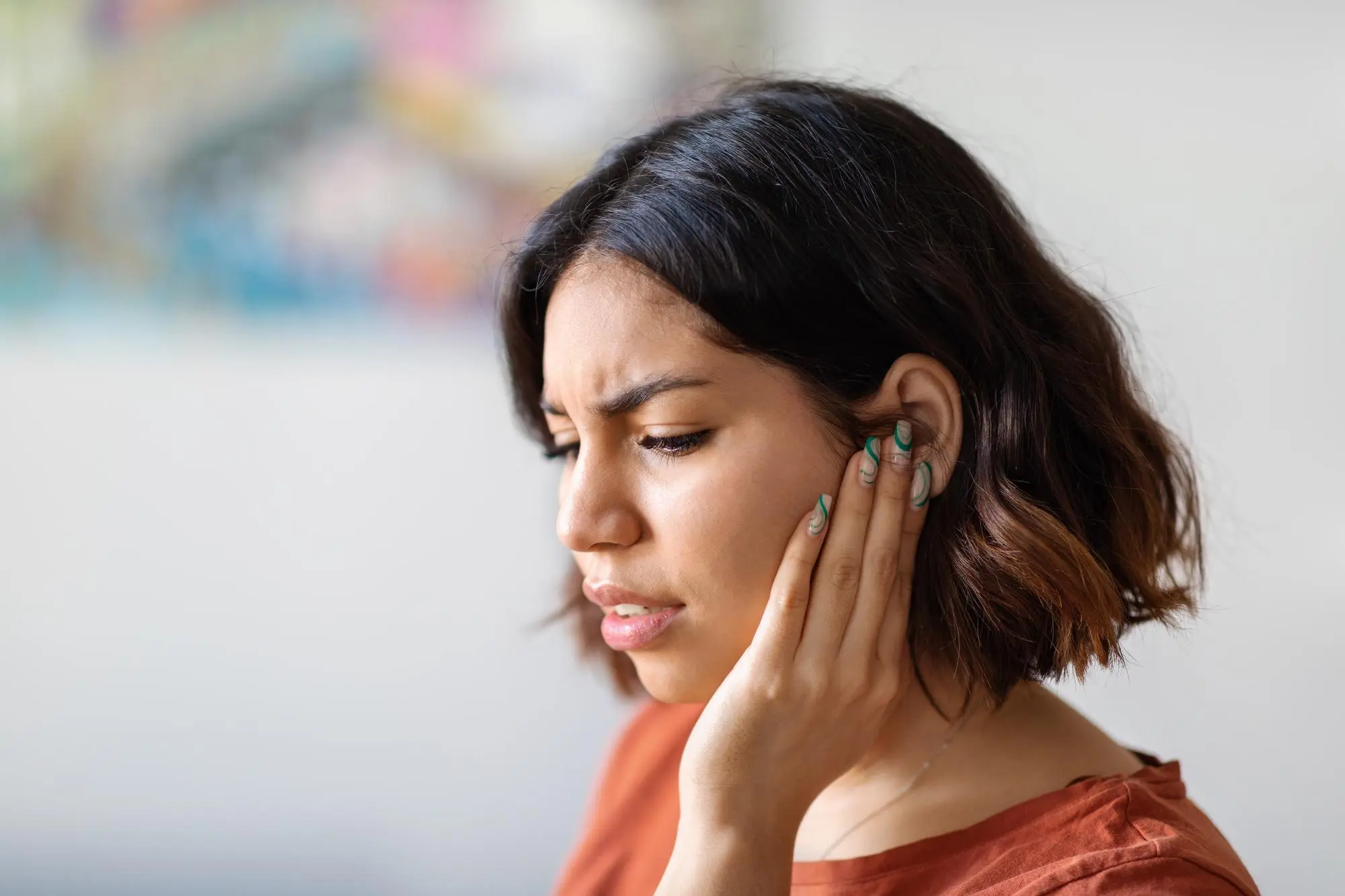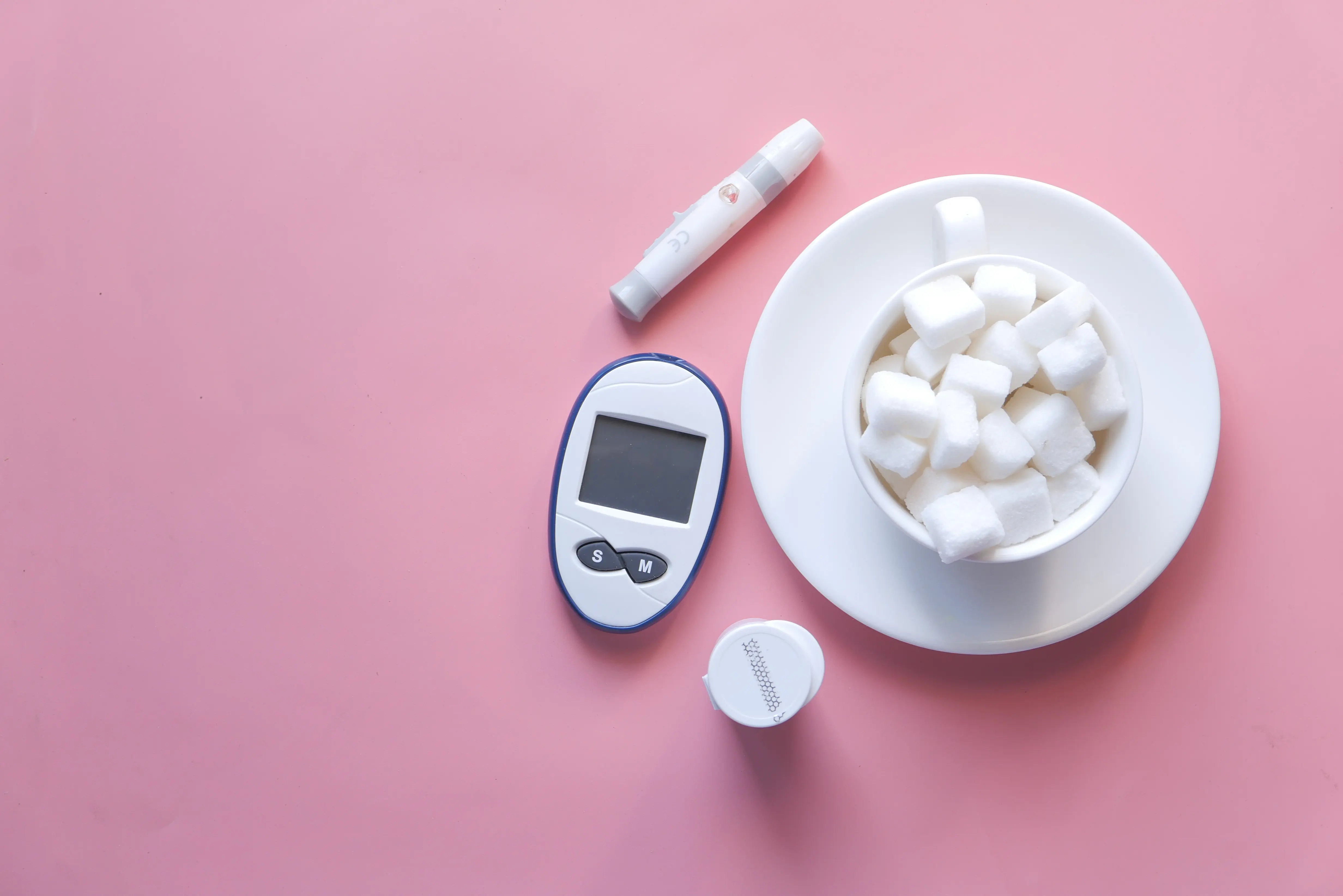
© Freepik
Ear diseases
Hearing loss, chronic otitis media, or deafness are among the most common ear diseases. Operations and suitable hearing aids can provide relief here.
- Chronic otitis media: It can lead to a permanent perforation of the eardrum and hearing loss. Therapy: The goal of tympanoplasty (middle ear surgery) is the reconstruction of the eardrum—preferably using the body's own materials like cartilage, perichondrium, and fascia. If the ossicles are destroyed by chronic bone inflammation, they are replaced with titanium middle ear prostheses.
- Hearing loss after chronic otitis media: can be improved by one or more tympanoplasties—if not, a partially implantable hearing aid is recommended. The modern Soundbridge systems are directly attached to the anvil and stirrup. The small audio processor is attached externally and can be removed at any time.
- Hearing loss due to malformation of the auricle or due to undeveloped or too narrow ear canals: A bone-anchored, so-called BAHA hearing aid ("bone-anchored hearing aid") is recommended here. A titanium screw is implanted in the bone behind the auricle. It transmits sound to a bone conduction hearing aid outside, which can also be worn with a magnet under the skin.
- Severe hearing loss or deafness: A cochlear implant is better than conventional hearing aids here and is suitable for both children and adults. The CI system consists of electrodes implanted in the inner ear and a speech processor worn behind the ear or as a button. It picks up sounds like speech and music from the environment and transmits them wirelessly to the implant. Important: After the surgery and completed healing process, several weeks of hearing rehabilitation follow.
- Ear noises (tinnitus): They can be a symptom of almost all ear diseases. Therefore, the cause is first clarified—through imaging procedures and interdisciplinary additional examinations. Therapy: In addition to medication, procedures such as tinnitus retraining therapy or transcranial magnetic stimulation (TMS) are used. Diagnostics: Various hearing and balance tests can determine the type of hearing disorder. Subjective tests actively involve the patient, objective tests measure based on brain waves or the reaction of sensory cells in the ear—even in infants or newborns.









